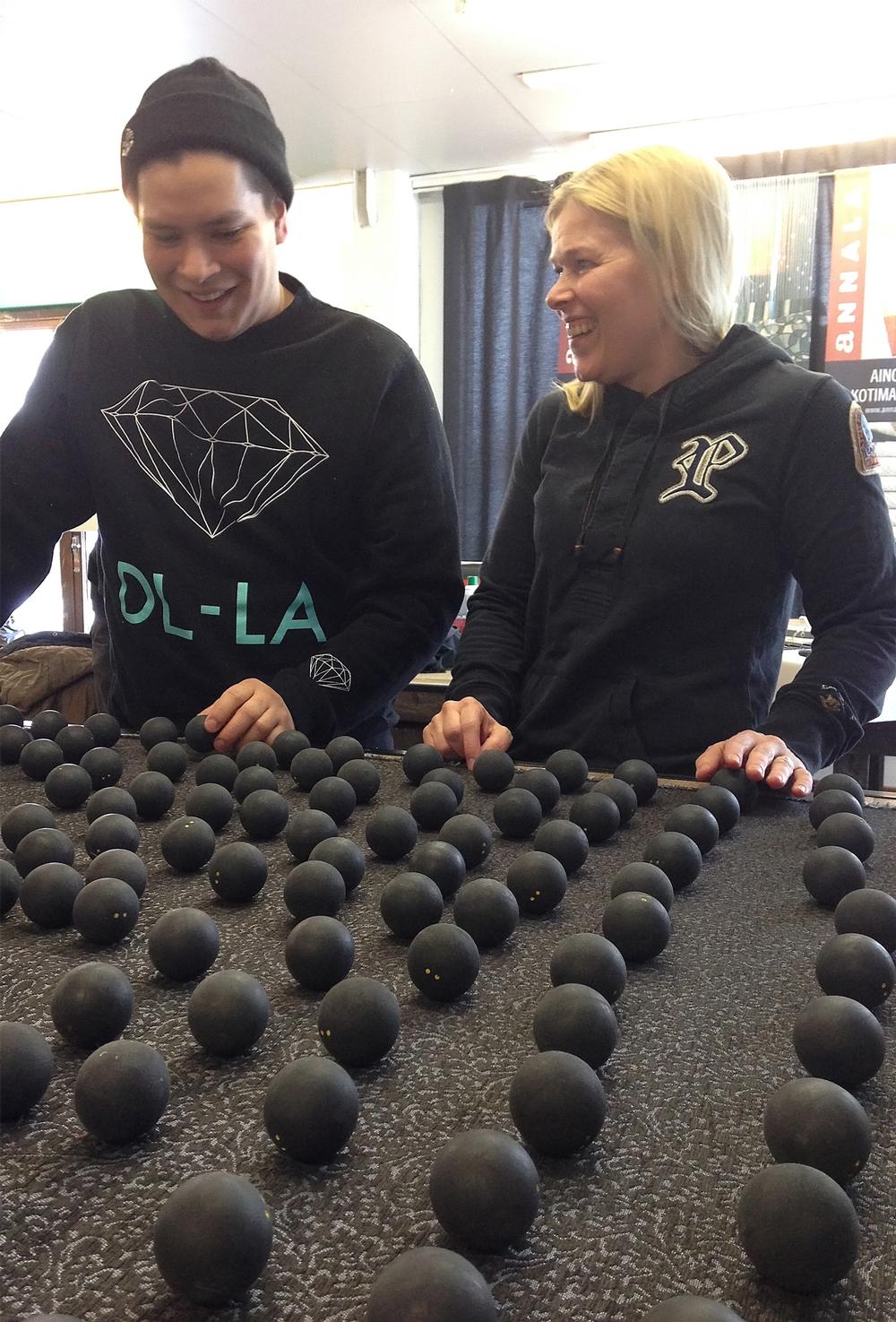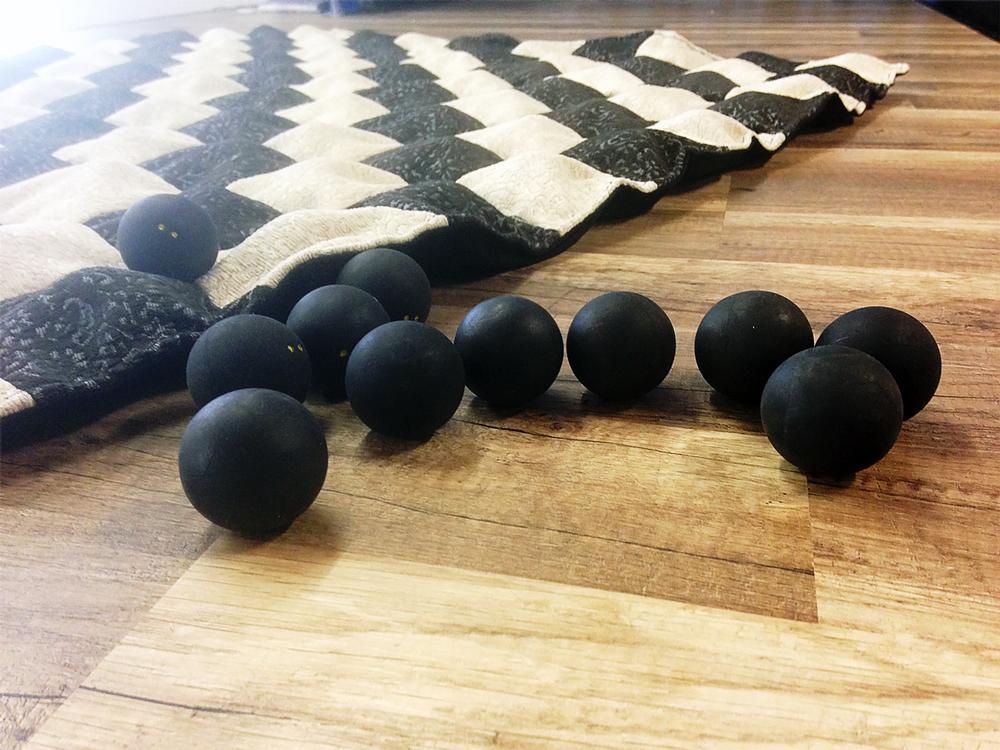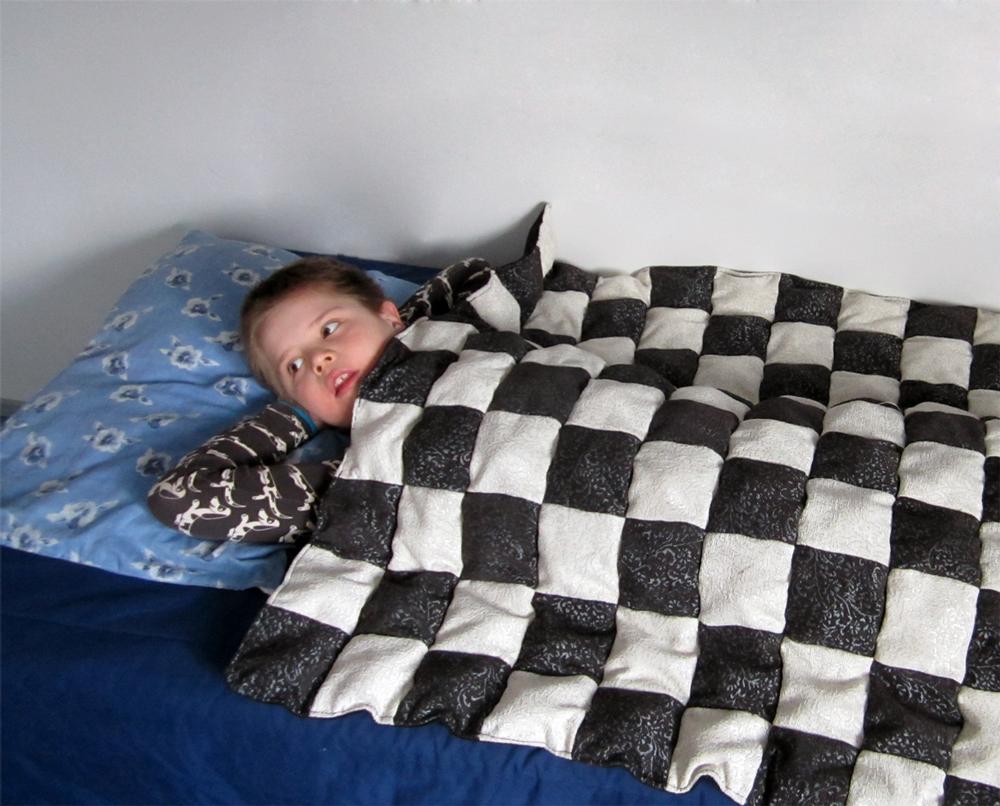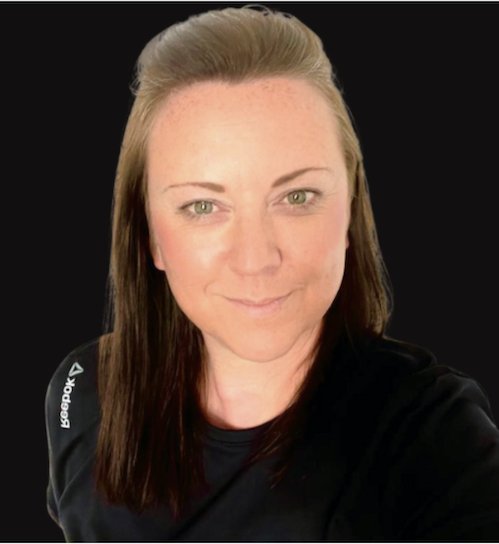During early April, I opened an email from Anna Rounaja, CEO of the Hukka fitness club in Finland. I had met her during 2013, when I was presenting Gymtopia to a group of European club operators in London. I was there to pitch the idea that clubs with an altruistic mindset could build powerful connections with their communities. Seven months later, Rounaja was writing to share a wonderfully simple story of how her club’s used squash balls were helping children with autism to better cope with their disability.
A basket of balls
Among the extensive facilities enjoyed by members at the family-operated Hukka club are its four squash courts. With more than 3,500 members and a thriving squash community, the club gets through more than 2,500 balls each year; with the club soon celebrating its 40th birthday, that means a lot of used balls which historically were simply thrown away, eventually finding their way to landfill.
One day, Rounaja asked members to begin leaving used balls in a basket next to the courts, thinking there must be a new use they could be put to – a second, useful purpose. Rounaja developed a few ideas, but was seeking a unique use for these balls and was unconvinced she had yet unlocked that new exciting purpose.
Enter Facebook
Hukka has been an enthusiastic user of Facebook since August 2010 and has 5,660 people following the club. So Rounaja posted pictures of the basket of balls and set members and staff a challenge: to create a great new purpose for the balls.
People began posting suggestions such as door-stoppers and stress balls. These were good ideas, but not really compelling enough. Then came the winning idea: a special needs teacher suggested the balls could be used to create a ‘ball blanket’, a sensory stimulation aid perfect for calming children suffering from autism and other developmental disabilities. This clever idea received 10 times the number of votes of the second placed idea.
These ‘sensory’ blankets have proven therapeutic effects for children with autism, helping to relax and soothe them and reducing the time it takes them to enter a deep sleep. As Rounaja explains: “They don’t know the borders of their own bodies – it’s one of the reasons they find the world overwhelming. The blankets adapt to the child’s body and calm them, as though they are being hugged.”
Normally these blankets are filled with plastic or even glass balls to provide the weight. They are complicated to make, and medically certified blankets can cost up to £570.
Enter the furniture maker
Rounaja next approached a local furniture maker to explore the possibility of producing the blankets, using a near endless supply of donated squash balls. The company was enthusiastic and agreed to get involved.
It now produces blankets for Hukka members, parents and local schools. The furniture maker does charge for the blankets to cover costs, but just £118 (US$200) rather than the £570 (US$960) charged by specialist suppliers.
The power of altruistic creativity
This is such a beautifully simple project, using what a club already has in abundance – in this case, squash balls. However, it began with a club that was determined to reframe a problem into an opportunity, fuelled by a desire to help others.
This project also shows that Facebook can be used as an effective idea generation platform, allowing members to genuinely contribute and become more deeply involved with their clubs. The Hukka club now publishes Facebook updates showing children using the blankets and the difference that they are making to them.
Let’s also not forget how quickly altruistic acts can spread. This story has now moved off Facebook and been picked up by organisations across Europe and the United States. It’s proof that thinking about others can pay off on so many levels. As Rounaja says: “I wasn’t expecting something this great. It opened my eyes and makes me feel so warm inside – maybe the same feeling the kids get by using the blanket.”
What’s good about this idea?
- It reframes a problem (disposing of the club’s squash balls) into an opportunity (how can we convert a waste product to help others?)
- It encourages the club to look outside its walls and think about creating a wider societal impact.
- It harnesses its Facebook community in an intelligent and collaborative way.
- It connects members, staff, owners and other stakeholders as they unite around a project that’s focused on helping others.
So what can your business do?
Ask yourself: What do we have in abundance that can help others? If you need inspiration, put the challenge to customers and members, who’ll relish the chance to get involved. Once you’ve made a difference in your community, share your story on Gymtopia and be amazed at how simple acts of generosity have the capacity to spread.


























































